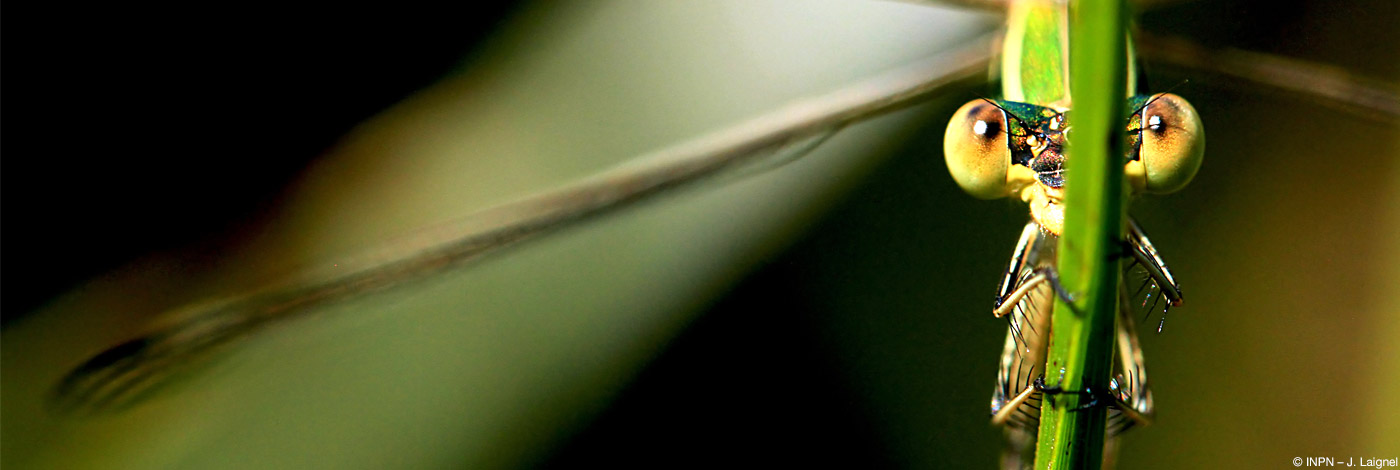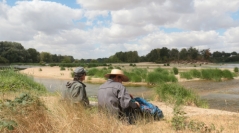

 Naturae
2021 (1) - Pages 1-20
Naturae
2021 (1) - Pages 1-20We compared the floristic biodiversity on two wooded islands with the biodiversity in the riparian forest along the nearby riverbank. Our hypothesis was that the riverbank, which undergoes more anthropic pressure, would host a more altered biodiversity. We carried out floristic surveys within the National Nature Reserve (RNN) of Saint-Mesmin (France), on the Loire, slightly downstream from the city of Orléans. Measurements were taken on areas of about two ha, three times per year from 2013 to 2016. The riverbank and each island had almost the same total species richness (about 310). However, there were moderate differences in composition. First, there were more oligotrophic species on the island beaches and grasslands, and more eutrophic species on the bank. Second, we found slightly more species of conservation interest on the islands, even though the number of individuals was low. The riverbank complements this biodiversity with a few other species. Third, there were not as many non-native species on the riverbank as on the islands but invasive non-natives were more abundant on the islands. Finally, riparian both on the riverbank and on the islands contribute to the biodiversity of the RNN. Wooded riverbanks are more exposed to human activity in this peri-urban context and should be carefully managed. Visitors should be made aware of the value of these areas.While this case study is useful for the management of the RNN, the generalisation of the results would require the observation of other riverbank/island pairs along the Loire.